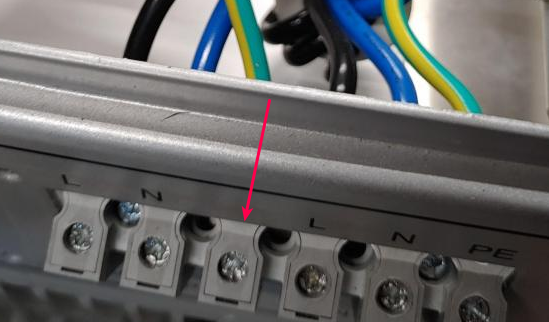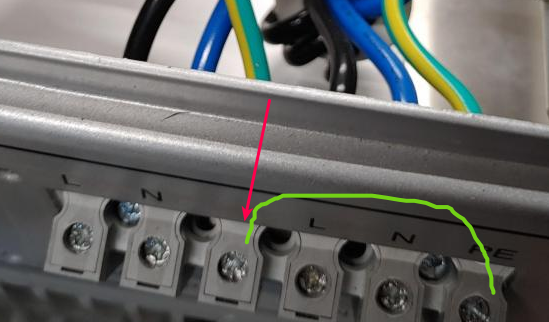Caveat: While I was born with a good dose of common sense and can figure out some electric “stuff”, earth leakage is still beyond my understanding.
Since about a month ago our earth leakage started tripping every time the power comes back on after load shedding and for the life of me I can’t figure out why. Some background/ thoughts:
-
We have a Goodwe 5048ES, installed about 7 years ago (yes, quite an old model). The earth leakage is on the back-up load side of the inverter. What I don’t understand is how a change in the grid can trip the earth leakage on the back-up load of the inverter.
-
It only happens after load shedding. If I manually switch off the grid, it works fine. If I switch off the grid during load shedding, wait for load shedding to finish and then switch the grid back on, it’s fine. So it has something to do with load shedding, some instability or spike in grid power. But I don’t understand how this could trip the EL on the back-up side.
-
The earth leakage was replaced at the end of last year with an auto-resetting Gewiss unit (GWD4042) which is working great. It test the lines and if it is safe, it turns the EL back on. Except it doesn’t after a load shedding trip. It detects a problem and keeps it off. I manually throw the EL back up, it immediately trips again, and then on second attempt it stays up.
Solutions:
First prize: I need someone REALLY good (Cape Town northern suburbs) to figure this out. In my experience many electricians won’t be able to make heads or tails of the problem.
Second prize: I need to install some thingamajig on the grid feed that waits 30 seconds before connecting the grid to the inverter.
Ultimate prize: Both of the above?
Can someone please recommend a someone (first prize) or something (second prize)?
Thanks!

